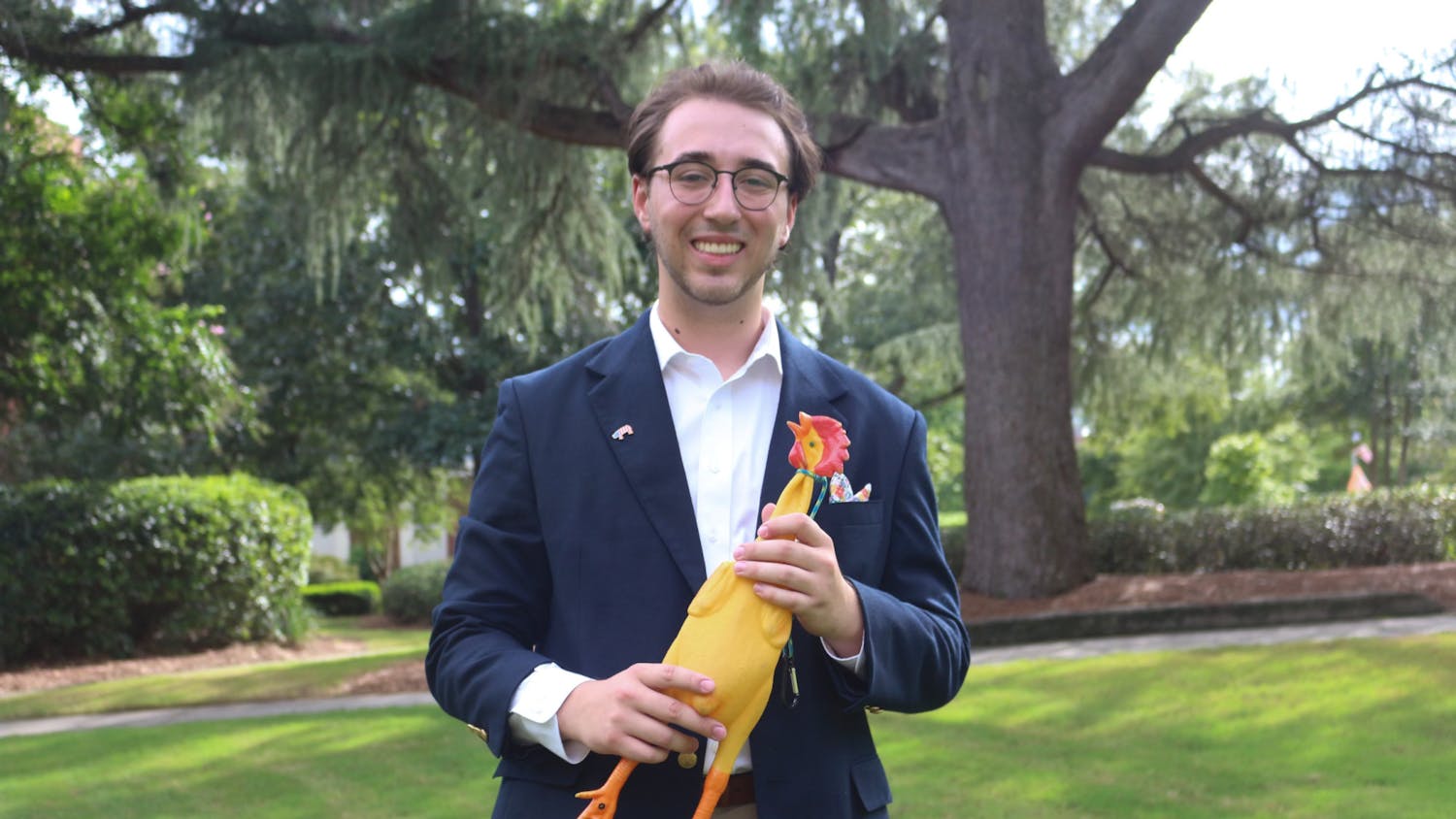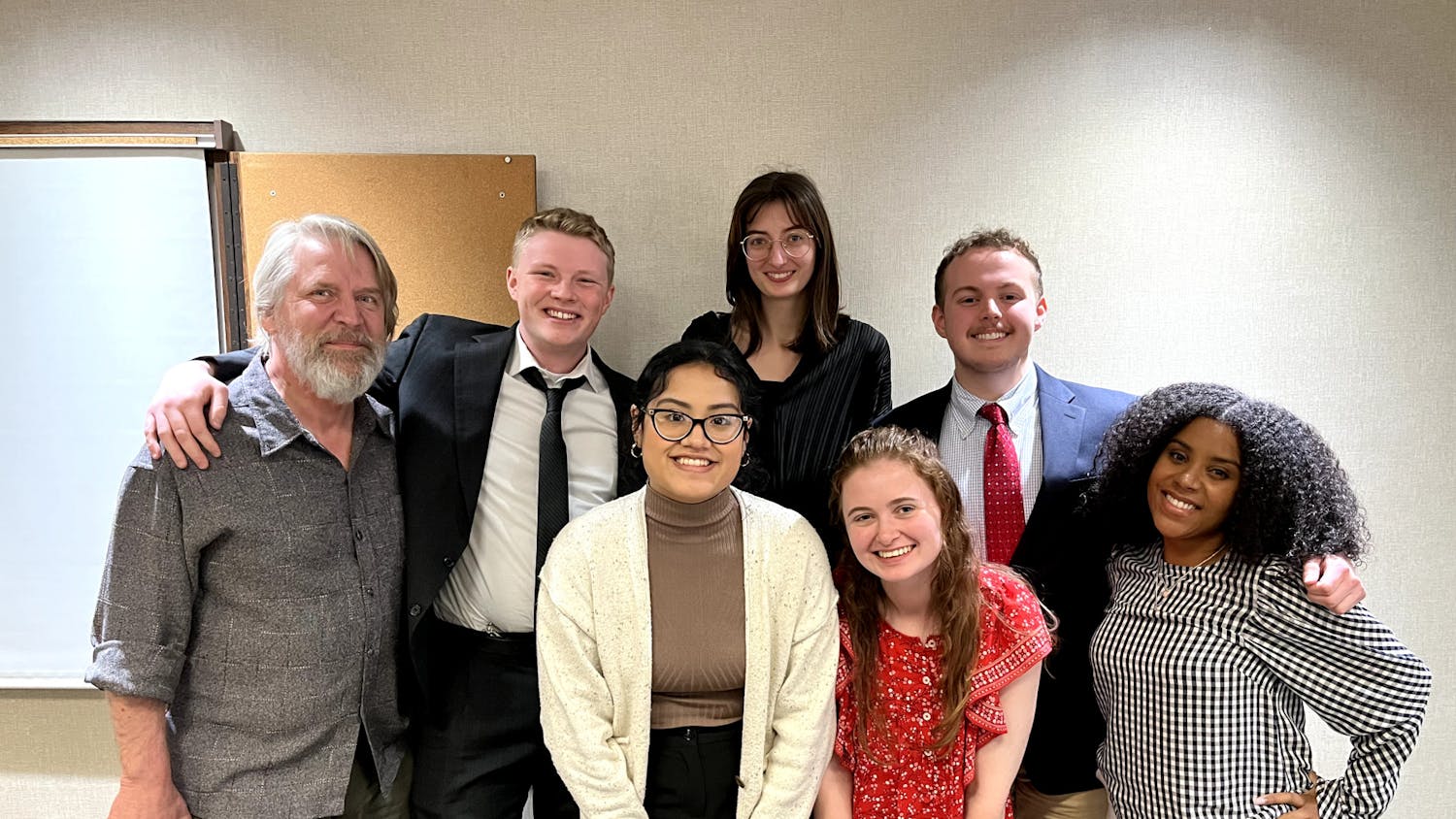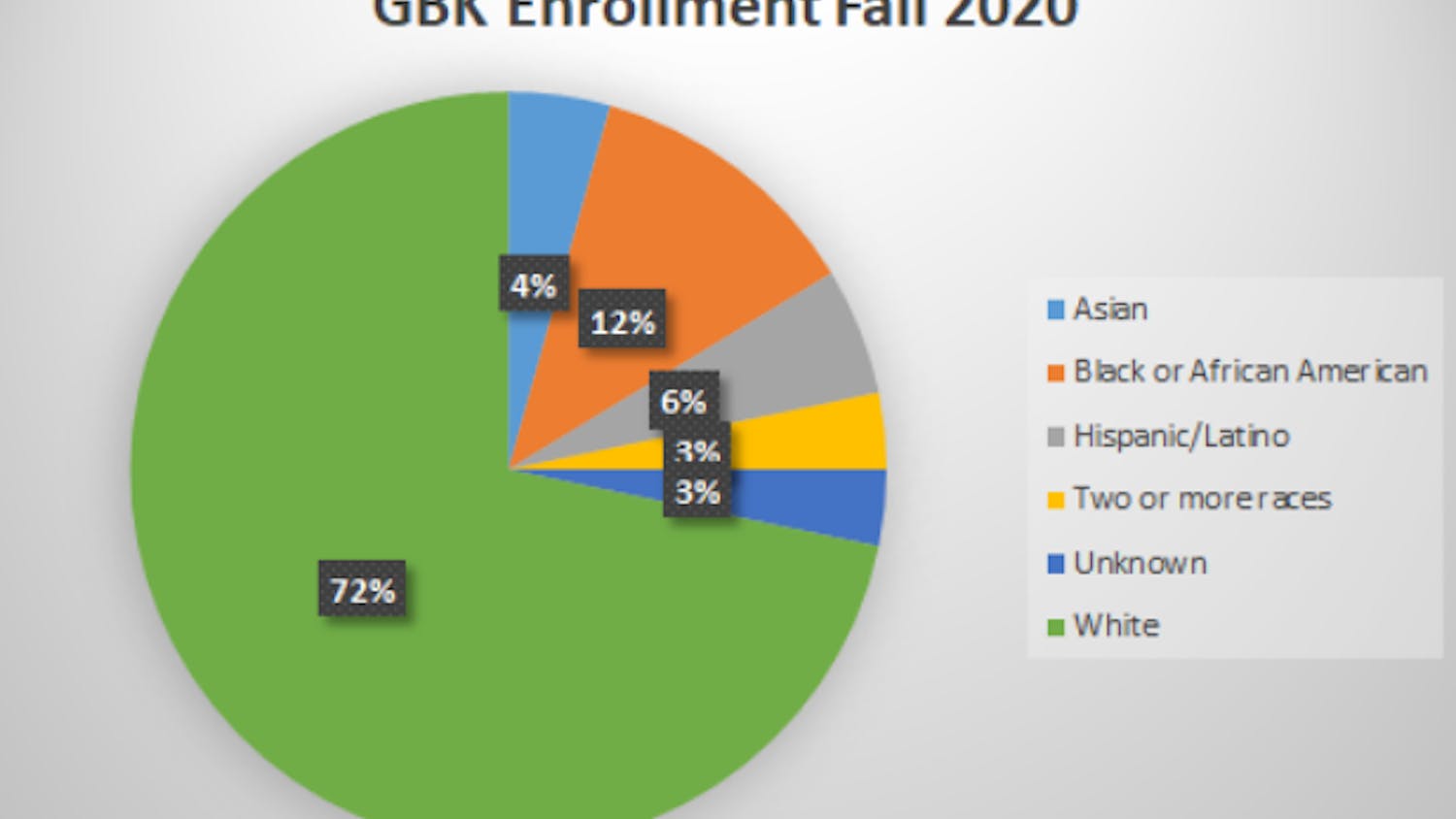As with all communities, the athletic world is a jumbled pool of personalities, ethnic identities, competing morals, races, ideologies and voices. This column does not aim to expose and scold the athletic community for its wrongdoings; the athletic community merely works as a vehicle to observe and possibly find remedies to social ails that every institution faces.
Sports are hailed as one of the first institutions to integrate and, on the outside, it appeared to have been done rather peacefully. But speaking with minority athletes reveals a dissonance between what the majority perceives and what those athletes experience and feel. For my Feminist Research Practices course, I decided to research the mental wellness of athletes.
More specifically, since mental health is a tangled and overused term that ignores the intersection of identity, circumstance, upbringing and the power of language, I narrowed in on how an athlete’s race, religion and gender affects one’s experience. Naturally, the bulk of my work surrounded race, as this is sometimes easier to define in clear boundaries than gender. Religion, as well, got a little bit lost in the more firecracker discussion of race and gender. Below are a few of my findings, which only scratch the surface.
For this project I gathered both quantitative and qualitative data. I distributed an online survey with both multiple choice and open-response questions via email to all Mercer athletes. There were 35 respondents total: 29 identified as white, 5 identified as black, and one identified as Middle Eastern. The bulk of my evidence and testimony came from in-depth interviews that I conducted with three female athletes and three male athletes, half of which were athletes of color. Lastly, throughout the semester I took periodic field notes, or personal observations, in different contexts such as social events, weight room sessions, and training room interactions. These field notes served to contextualize how groups of athletes communicate with one another in social settings.
Athletes of color who were part of the racial majority on their teams reported higher rates of perceived acceptance by teammates. Athletes of color on majority-white teams expressed that their teammates did not always act comfortably around them, reflecting a major aspect of the Critical Race Theory (CRT) claiming that microaggressions, to the aggressor, are almost subconscious whereas those same microaggressions are clearly detected by people of color. White athletes, on the other hand, did not mention any personal discomfort nor did they think that their black teammates felt this way. One athlete reported that his teammates tried to bring up “classically black” topics around him like “rap music, big butts, that type of thing” in order to try to connect with him. He said these attempts failed at being covert and, by adhering to harmful stereotypes about black culture, made him more hesitant to genuinely connect with his teammates.
Usage of the “n” word varied among teams, as well as the context. There were two main contexts where it was used: when addressing teammates and when singing along to rap. On the predominantly black teams I observed and spoke to, using the word to address each other was common (but only around each other and not in the presence of coaches). On predominantly white teams, it was a little hazier.
Black athletes on those teams reported that their teammates refrained from using the word around them, but he felt that if he were not present they would use it more often. He also said that sometimes they would “slip up” and use it while singing. Black athletes also reported differences in how they felt about the use of the word. Two reported that black people could use it, but white people could not. Another black athlete said that he tried not to use it for the sole purpose that white people would not hear him and think that it was appropriate for them to use the word.
But still, many people (mostly white) think the black community has unfairly “claimed” the word as theirs, which brings up more questions about how rhetoric shapes our culture, our notions of what is right and wrong, and how groups are defined by language.
Self-segregation has long been a point of disagreement. The argument focuses around the concept of whether white self-segregation and black self-segregation can be considered equal social strategies; many argue that black self-segregation is a strategy that can protect against harm done by whites, whereas white segregation is simply white flight. One black athlete said, “There is definitely a split. I feel like that comes more from who you can relate to, those are your friends because they understand you. They use the same slang, they like the same music, type of culture, shoes, clothes, they come from similar households.” White athletes, when asked this question, seemed to not notice the segregation. The one athlete who acknowledged self-segregation agreed that it was based on habit, not disdain or inability to connect. However, “habit” connotes something that we are trained to do repetitively because it brings some sort of comfort or pleasure. Though white athletes may have perceived white self-segregation as harmless, that validation fails to realize the cultural shaping that constructed that segregation.
Gender seemed to seep into every facet of the interviews and observations. Gendered communication, gendered rhetoric, and “boy culture” function differently in every community, but in some ways are heightened by the athletic culture’s gender-based separation. Because the bulk of my work, even with female athletes, looped back around to how male athletes function, what I’m presenting will be focused on masculinity.
Male athletes across the board reported that their locker rooms often boasted of the girls they would meet, talk to or spend the night with. Almost all the individuals I spoke to reported that this caused them discomfort, but to speak up against that kind of speech would lead to some degree of estrangement. One male athlete mentioned that several of his teammates would report in the morning about a girl he had spent the night with.
One player said, ““I would say it varies, but the common idea is like it’s a trophy thing. It’s like, “I did this or I did that.” Do you remember (player name)? I feel like he would just have sex with girls to say he had sex. Cuz there wasn’t much substance behind it for him. Like the joy he got out of it was like talking about it in the locker room the day after.” And the response from his teammates: “It’s mostly like, ‘nice dude, you’re a cool guy, hell yeah’, that kind of mentality.”
Homophobic slurs were not limited to male teams, but were more often used than on female teams. Common slurs heard in social settings and in the locker room (as reported by male athletes) were “gay,” “f*ggot,” “homo” and “dyke.” Despite this language, one team in particular reported that although there are no openly gay men on the team, they act “super gay” in the locker room. The details that followed this statement, I will leave out for everyone’s sake. The research behind all-male groups using homophobic language and “acting gay” is somewhat ironic: many theorize that the strategy is almost self-deflecting.
If a male pretends to be gay to his teammates in a mocking manner, it reaffirms that he is not gay. If he can make fun of it, then he clearly cannot identify as gay. When asked about this use of language, male athletes responded that it did not reflect homophobia; Instead, it was just their common way of having fun. When asked if they thought this language could have harmful effects on the gay community, they all seemed to agree that it may be internalized differently by someone who identified as gay. To deconstruct those mob mentality trends is a daunting task; changing styles of rhetoric that are so ingrained in context-specific communication styles becomes the ultimate challenge.
Making these observations serves to bolster what many people have already studied. Naturally, the biggest challenge, and sometimes the most impossible one, is to find a solution—that all-encompassing, elusive word. When athletes started to think about the questions that probed them to think deeper about the language they used, how comfortable they felt around different racial identities, and how they acted in single-gender groups, they all seemed well-intentioned.
I saw them starting to take longer to answer questions, pondering a little more the intricacies of their actions and words. But one-on-one conversations can’t be the one-and-done solution, because what we have consistently found is that being in a group magnifies these issues. Mob mentality dominates; we all have experienced the terror of knowing something is wrong, but failing to speak up because going against the grain in a community you identify with is truly difficult. Is it trite if I say, “we just need open and honest conversation?” Overused, yes. But also true.
Suggestions are always welcome.
Opinion: I studied race and gender in Mercer athletics for my research class, here’s what I found

For her Feminist Research Practices course, Sophie Peel decided to research the mental wellness of athletes.




